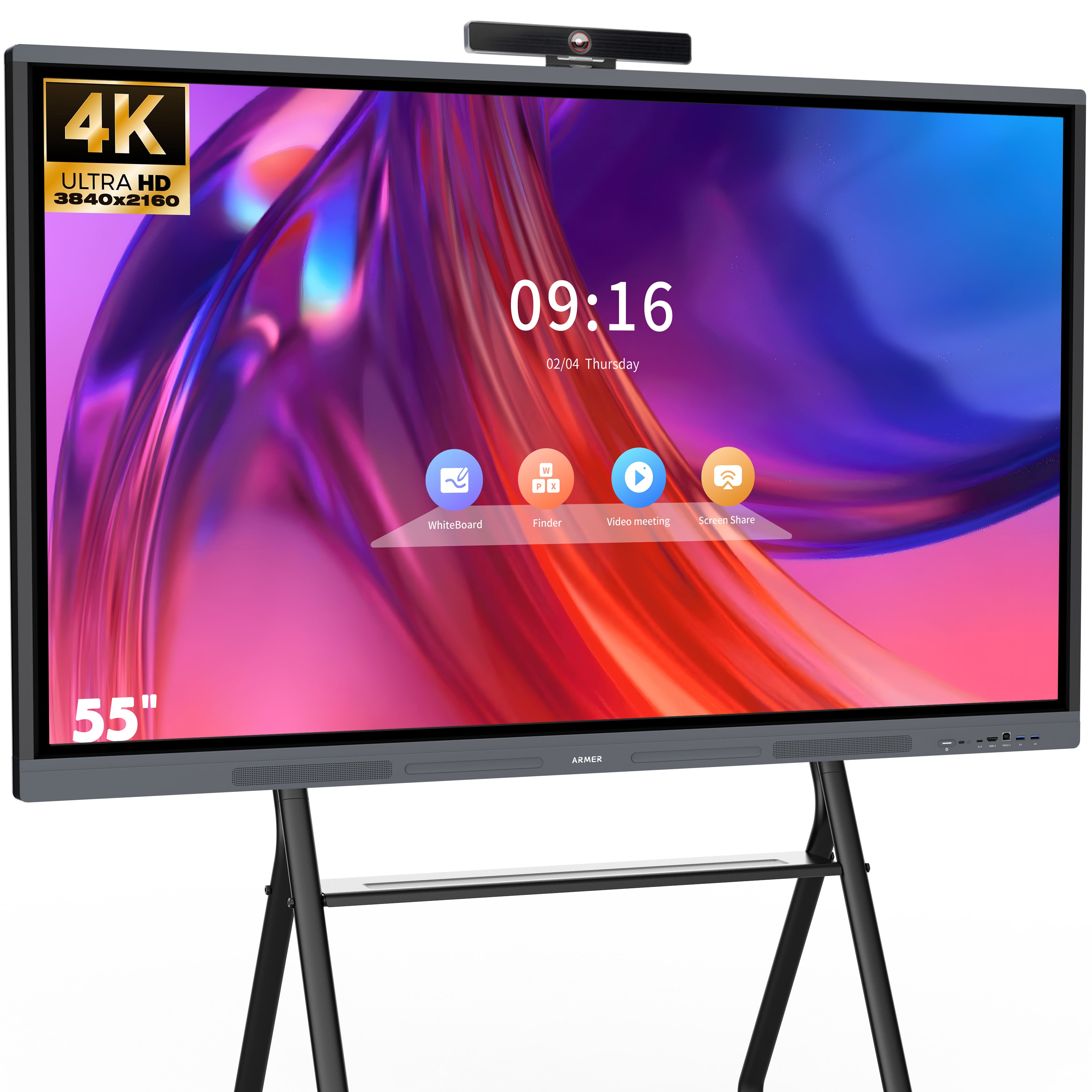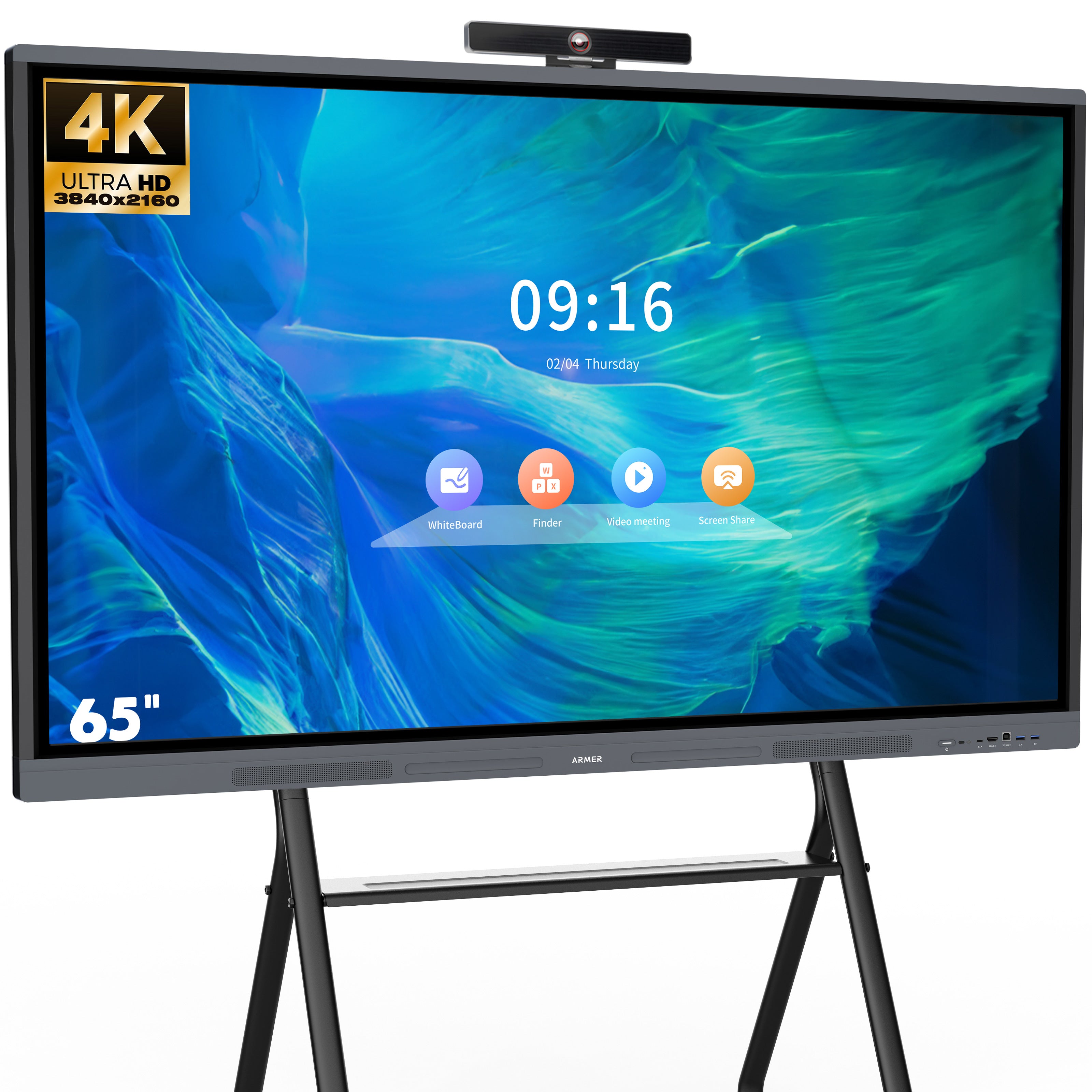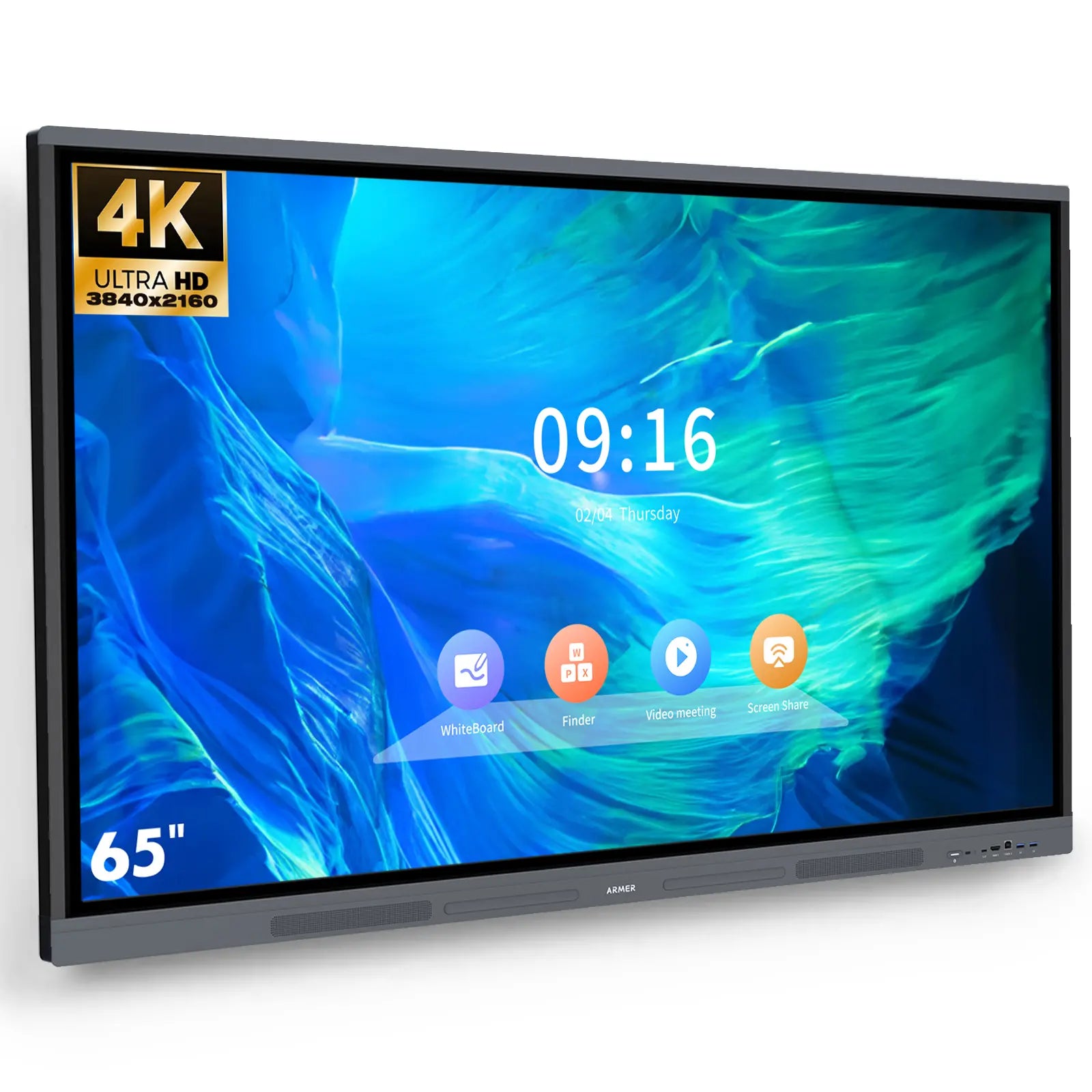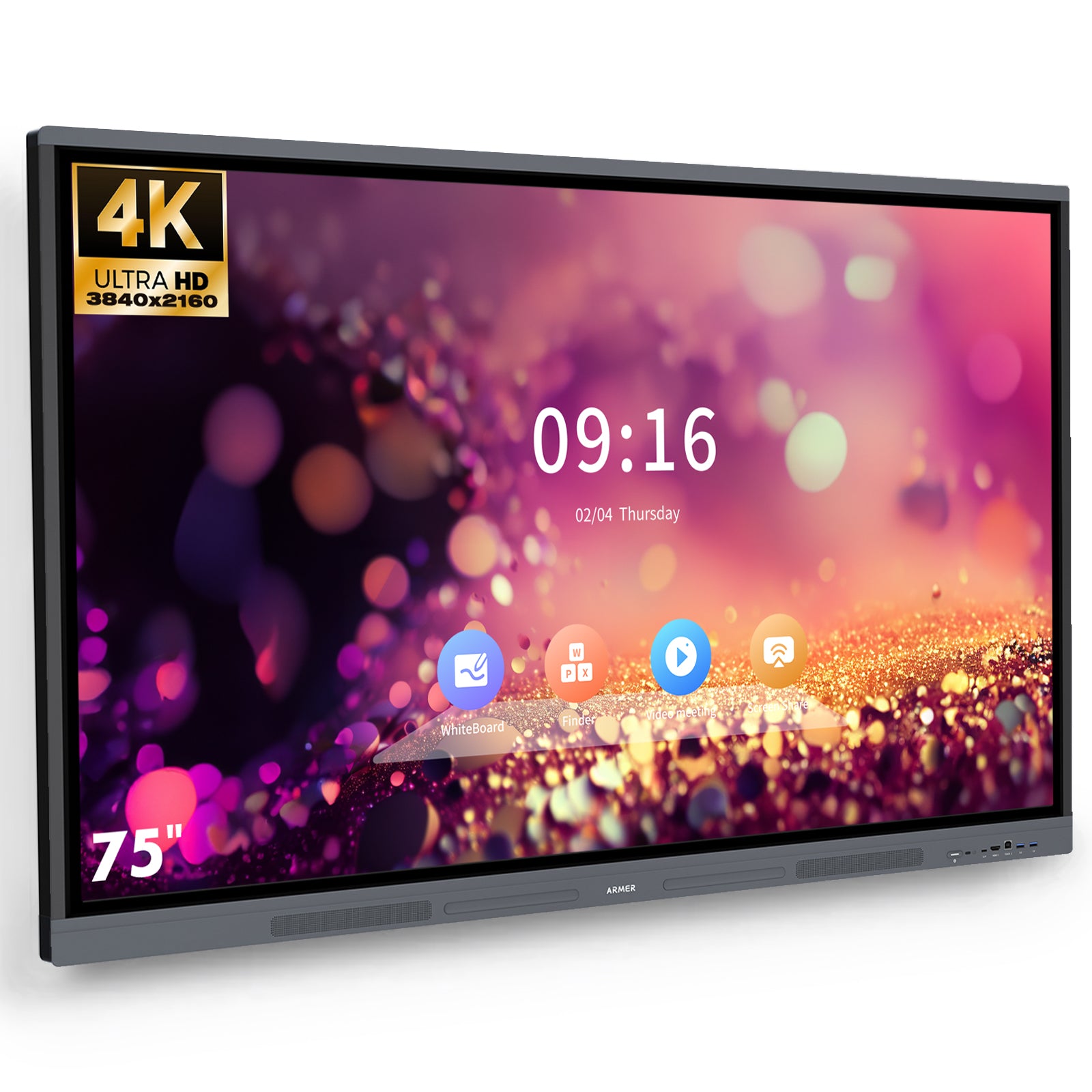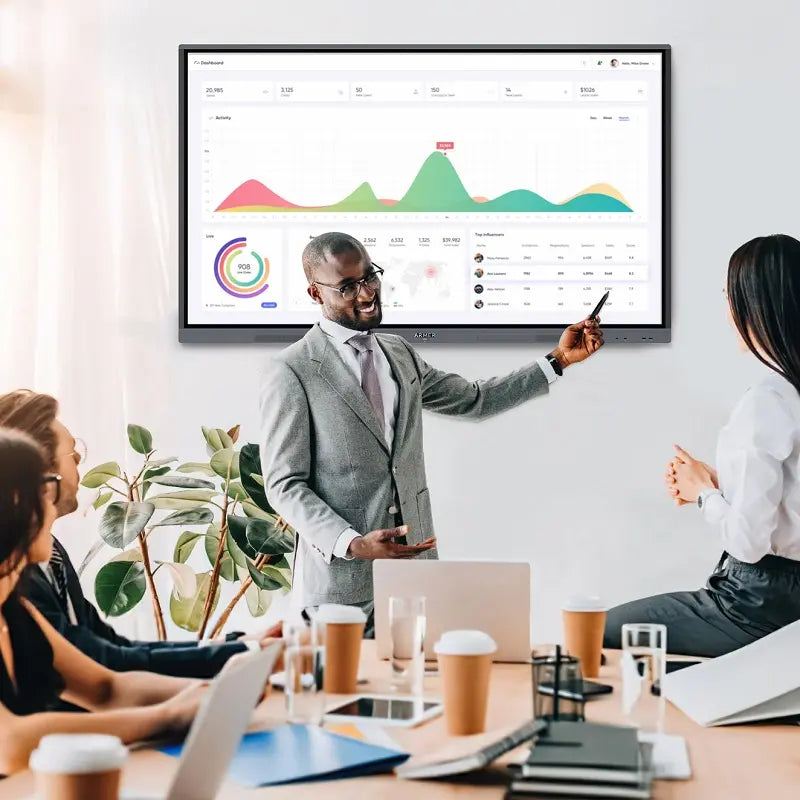How do smart boards help in the classroom?
Smart boards significantly enhance the classroom learning experience by providing interactive and dynamic teaching tools. Teachers can engage students with visually rich content, annotate lessons in real-time, and foster collaborative learning. The interactive nature of smart boards encourages student participation, facilitates the integration of multimedia resources, and accommodates various learning styles. Additionally, smart boards promote tech-savvy skills, making lessons more captivating and helping educators create an interactive and inclusive educational environment.
-
Engagement: Smart boards can make lessons more interactive and engaging for students. They allow teachers to incorporate multimedia elements such as videos, animations, and interactive games, which can capture students' attention and make learning more enjoyable.
-
Interactivity: Smart boards enable teachers and students to interact directly with the content displayed on the board. This interactivity can include writing notes, drawing diagrams, highlighting key points, and manipulating objects on the screen, fostering a more dynamic and participatory learning experience.
-
Visualization: Smart boards allow teachers to present information in a visually stimulating way, which can enhance students' understanding and retention of complex concepts. Visual aids such as graphs, charts, and images can be easily incorporated into lessons, helping to illustrate abstract ideas and make them more concrete.
-
Collaboration: Smart boards facilitate collaboration among students by enabling them to work together on interactive activities and presentations. Students can come to the board to share their ideas, solve problems, and collaborate on group projects, promoting teamwork and communication skills.
-
Feedback: Smart boards allow teachers to provide immediate feedback to students during lessons. Teachers can review students' work in real-time, offer suggestions for improvement, and address misconceptions as they arise, fostering a supportive learning environment and promoting continuous learning.
-
Integration with technology: Smart boards can be seamlessly integrated with other technology tools and resources, such as computers, tablets, and educational software. This integration allows teachers to access a wealth of digital content and resources to enhance their lessons and cater to different learning styles and abilities.
-
Accessibility: Smart boards can benefit students with diverse learning needs and preferences. They can accommodate different learning styles by offering multiple modes of interaction, such as tactile, auditory, and visual, and can be adjusted to meet the individual needs of students with disabilities.




